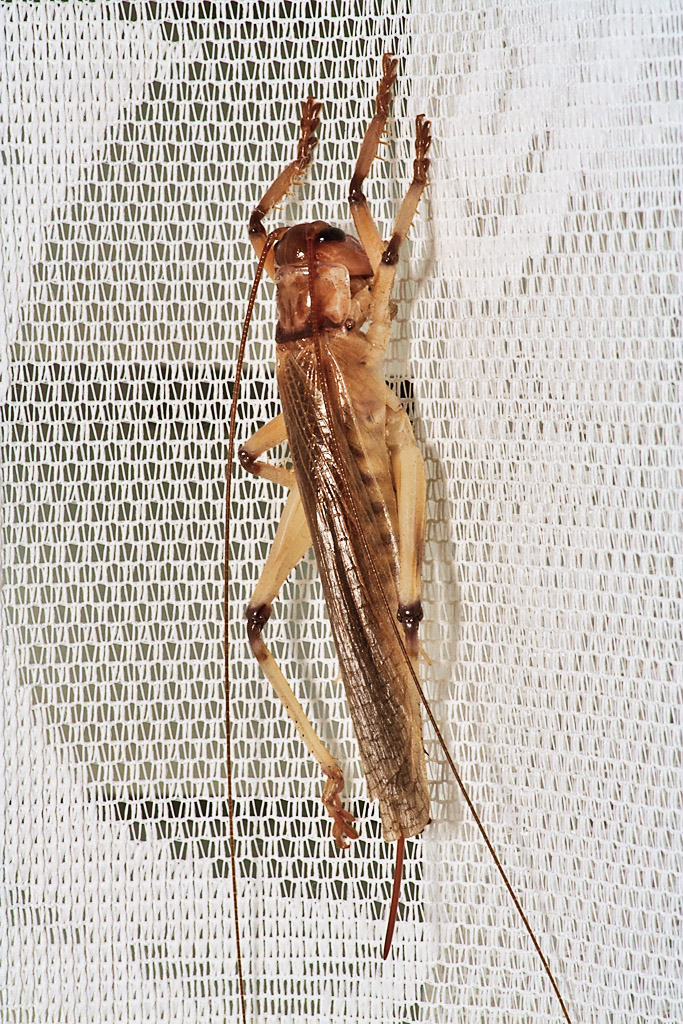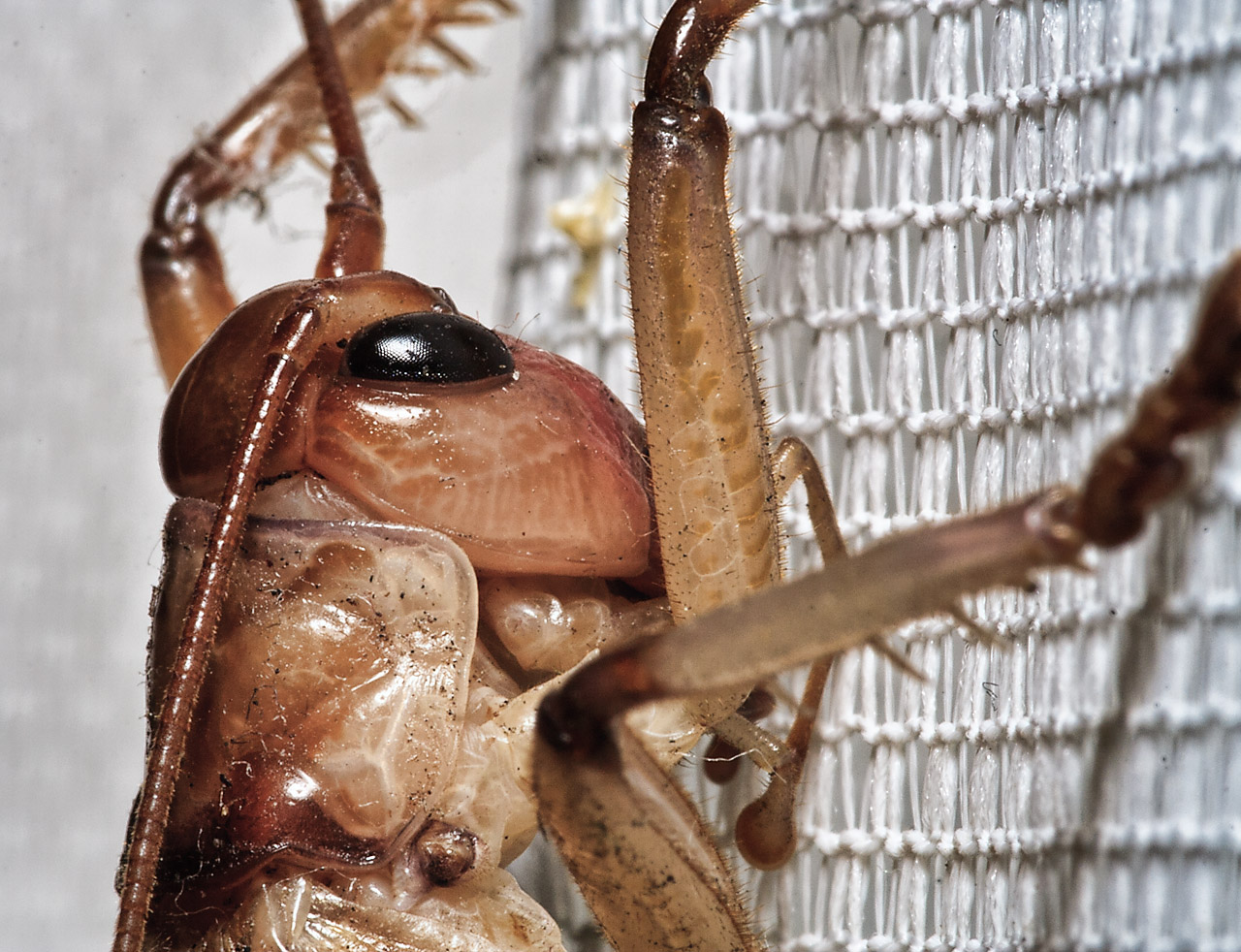- Messages
- 1,013
- Name
- Peter
- Edit My Images
- No
Now this is probably a very dumb question (mine normally are).
Is there an equation that will allow me to calculate the amount of light needed for a particular shoot?
I.e. I'm in a completely dark room. I'm shooting @ 100ISO at F22.
As flash are measured in GNs I guess I need distance and GNs to figure it out.
You will probably need to start from the very beginning
Is there an equation that will allow me to calculate the amount of light needed for a particular shoot?
I.e. I'm in a completely dark room. I'm shooting @ 100ISO at F22.
As flash are measured in GNs I guess I need distance and GNs to figure it out.
You will probably need to start from the very beginning


 In our Family room this morning (2)
In our Family room this morning (2) In our Family room this morning (1)
In our Family room this morning (1)